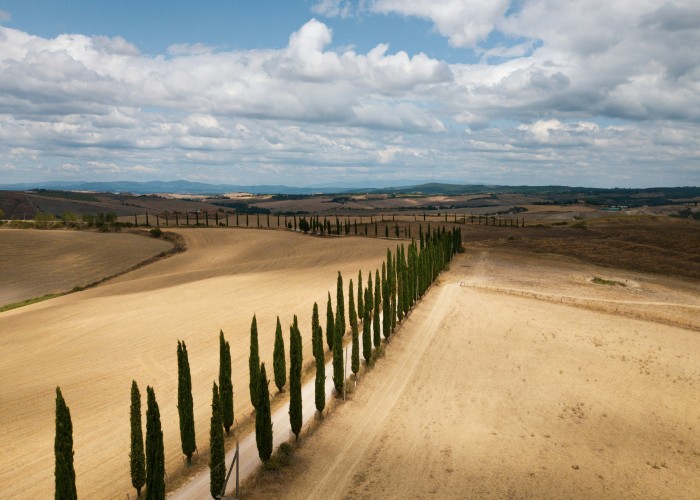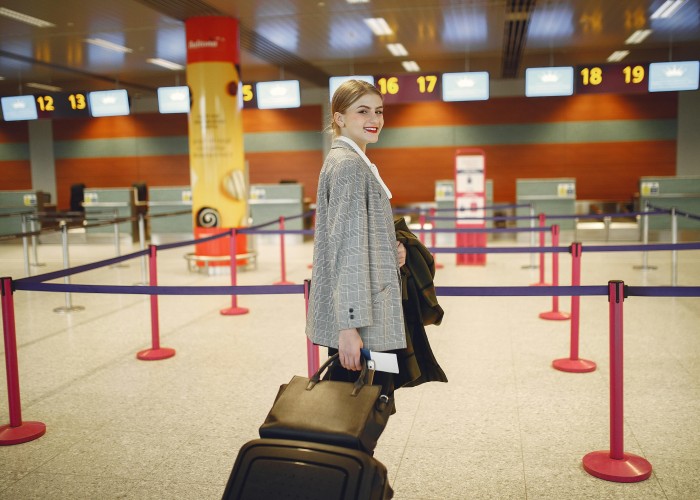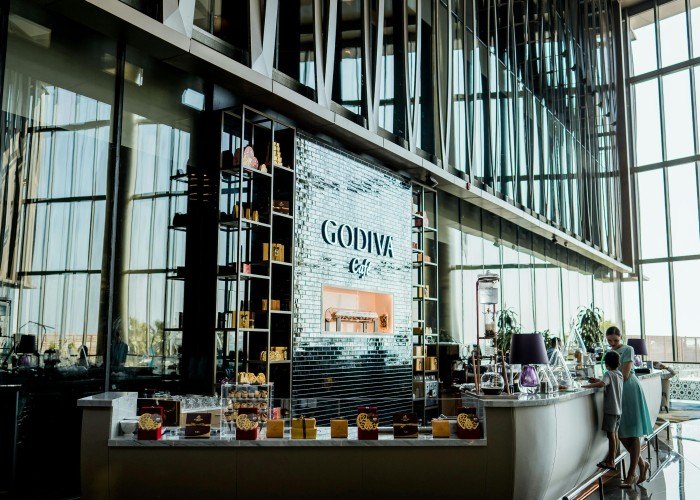The Rosengarten Traverse—also known by its Italian name, Catinaccio—is one of the most scenic and iconic hut-to-hut treks in the Dolomites of northern Italy. This mountain group sits between the provinces of South Tyrol and Trentino, in a protected area known for its towering rock spires, sweeping alpine meadows, and dramatic ridgelines. Rosengarten / Catinaccio Traverse Trek .
What makes the Rosengarten so special is its striking pink and orange glow at sunrise and sunset, caused by a phenomenon called alpenglow. These colors are so distinctive that the name “Rosengarten” translates to “Rose Garden.”
The route can be completed in multiple days, typically 3 to 5, with hikers staying in rifugi (mountain huts) along the way. It’s an ideal blend of accessible trekking, rugged alpine beauty, and cultural immersion in one of Europe’s most unique mountain ranges.
Best Time to Visit
The best time to hike the Rosengarten Traverse is late June through mid-September. This is when the huts are open, trails are clear of snow, and the weather is generally stable.
- June–July: Alpine wildflowers are at their peak, trails are less crowded
- August: Busiest month; book huts early
- September: Cooler, fewer crowds, and beautiful autumn light
Avoid visiting from October through early June, as most huts are closed and snow may cover higher paths.
How to Reach the Rosengarten / Catinaccio Region
The Rosengarten group is accessible from both the Val di Fassa (Trentino side) and South Tyrol (Bolzano side). Starting points often include Vigo di Fassa, Carezza, or Ciampedie.
By Air:
- Innsbruck Airport (Austria): approx. 2.5 hours
- Verona Airport: around 2.5–3 hours
- Venice Marco Polo Airport: approx. 3.5 hours
- Munich or Milan: Longer transfers, but more international flights
By Train:
- Take a train to Bolzano or Trento, then transfer to local buses
- From Bolzano, buses go to Carezza, Nova Levante, or Vigo di Fassa
By Road:
- Rent a car or take regional buses from Bolzano or Trento
- Roads are winding but well-maintained
- Public parking is available near most trailheads
Cable cars from Vigo di Fassa (Ciampedie) or Nova Levante (Laurin I) provide access to higher elevations and are commonly used as starting points.
Entry Fees and Permits
- No permits are required for hiking the Rosengarten Traverse
- Access is free, but cable cars may charge (approx. €15–20 per ride, subject to change)
- Mountain huts charge for overnight stays (book early during high season)
- Some trails may involve short via ferrata sections, which don’t require a permit but do need proper gear
Always check current conditions, especially if snow remains in early summer. Rosengarten / Catinaccio Traverse Trek .
Food Availability and Meal Options
One of the joys of trekking in the Dolomites is the quality of food available in the huts. The Rosengarten Traverse is no exception.
What to Expect at Mountain Huts (Rifugi):
- Hot meals: Pasta, polenta, soups, and Tyrolean dishes
- Breakfast: Bread, jam, cheese, coffee
- Packed lunches available on request
- Local beer and wine
- Vegetarian options usually available
Popular rifugi along the route include Rifugio Vajolet, Rifugio Antermoia, Rifugio Passo Principe, and Rifugio Roda di Vael.
Water is available at most huts, but it’s a good idea to carry at least 1.5 liters per day.
Packing List and Essentials
Pack for changing mountain weather and long hiking days. You’ll want to keep things lightweight, especially since you’ll be moving hut to hut.
Clothing:
- Waterproof shell jacket
- Insulated jacket (fleece or down)
- Quick-dry shirts and hiking pants
- Moisture-wicking base layers
- Hat, gloves, and sunglasses
- Extra socks and underwear
Footwear:
- Waterproof hiking boots with ankle support
- Lightweight shoes for huts or evening wear
Gear:
- 30–40L backpack
- Trekking poles (especially helpful for descents)
- Headlamp or flashlight
- Map or GPS (download offline maps)
- Water bottles or hydration system
- Sleeping bag liner (required at huts)
- Small first aid kit
- Toiletries and quick-dry towel
- Sunscreen and lip balm
No need to carry food or tent gear unless you’re planning to camp (which is not common or encouraged in this area).
Safety Tips and Local Regulations
- Stick to marked trails and avoid shortcuts
- Start early each day to avoid afternoon storms
- Weather changes quickly—always check the daily forecast
- Wear layers to adjust for changing temperatures
- In bad weather, some exposed routes may be dangerous
- If attempting a via ferrata section, use proper gear: helmet, harness, and lanyard
- Avoid hiking alone unless experienced
- Carry cash, as some huts don’t accept cards
- Keep noise levels low, especially in hut dorms
- Wild camping is not permitted
Most trails are well-marked with CAI (Club Alpino Italiano) signs and red/white markers.
Tips for Beginners or First-Time Visitors
- Plan your route based on your fitness level and allow rest days
- Book rifugi in advance during July and August
- Use cable cars to skip steep ascents if needed
- Choose well-marked and maintained trails—ask locals for advice
- Start with 3-day treks before attempting the full traverse
- Learn a few phrases in Italian or German—they go a long way
- Bring trail snacks, especially for longer days between huts
This is a great trek for beginners looking to transition into alpine hiking, thanks to its accessibility and facilities.
Local Customs or Cultural Etiquette
The Dolomites are culturally unique, with influences from Italian, Austrian, and Ladin traditions.
- Greet fellow hikers with a polite “Buongiorno” or “Grüß Gott”
- Respect quiet hours in huts (usually 10 pm to 6 am)
- Take off hiking boots inside rifugi—hut shoes are often provided
- Share tables and space in common areas
- Don’t leave trash—pack out everything you bring in
- Be respectful of farmers and livestock on trails
Tipping is not expected but rounding up your bill or leaving a few euros for good service is appreciated. Rosengarten / Catinaccio Traverse Trek .
Frequently Asked Questions (FAQs)
How long does the Rosengarten Traverse take?
Most hikers complete it in 3 to 5 days, depending on the chosen route and pace.
How difficult is the trek?
Moderate to challenging, with rocky trails, steep sections, and some via ferrata routes. Good fitness is required.
What is the altitude range?
The trek ranges from around 1,500 to over 2,700 meters.
Are restrooms available along the route?
Yes, all huts have bathrooms and often hot showers. Facilities between huts are limited.
Can I hike this trek solo?
Yes, but let someone know your plan and check weather conditions daily. It’s a well-traveled route.
Are dogs allowed?
Some huts allow dogs, but not all. Check in advance. Dogs must be leashed on trails.
Is camping allowed along the route?
No. Wild camping is not permitted. Use mountain huts or designated areas.
Do I need via ferrata gear?
Only if you plan to take trails that include via ferrata sections. Many routes avoid these entirely.
What languages are spoken in the region?
Italian and German are common. English is understood in most tourist areas.
Do I need to carry food?
Not usually. Huts provide meals and sell snacks. Carry energy bars for longer days.
Final Thoughts
The Rosengarten / Catinaccio Traverse offers one of the most memorable hiking experiences in the Dolomites. With dramatic peaks, cozy huts, and well-maintained trails, it’s ideal for trekkers who want a true mountain adventure without the need for tents or complicated logistics. Rosengarten / Catinaccio Traverse Trek .






Leave a Reply